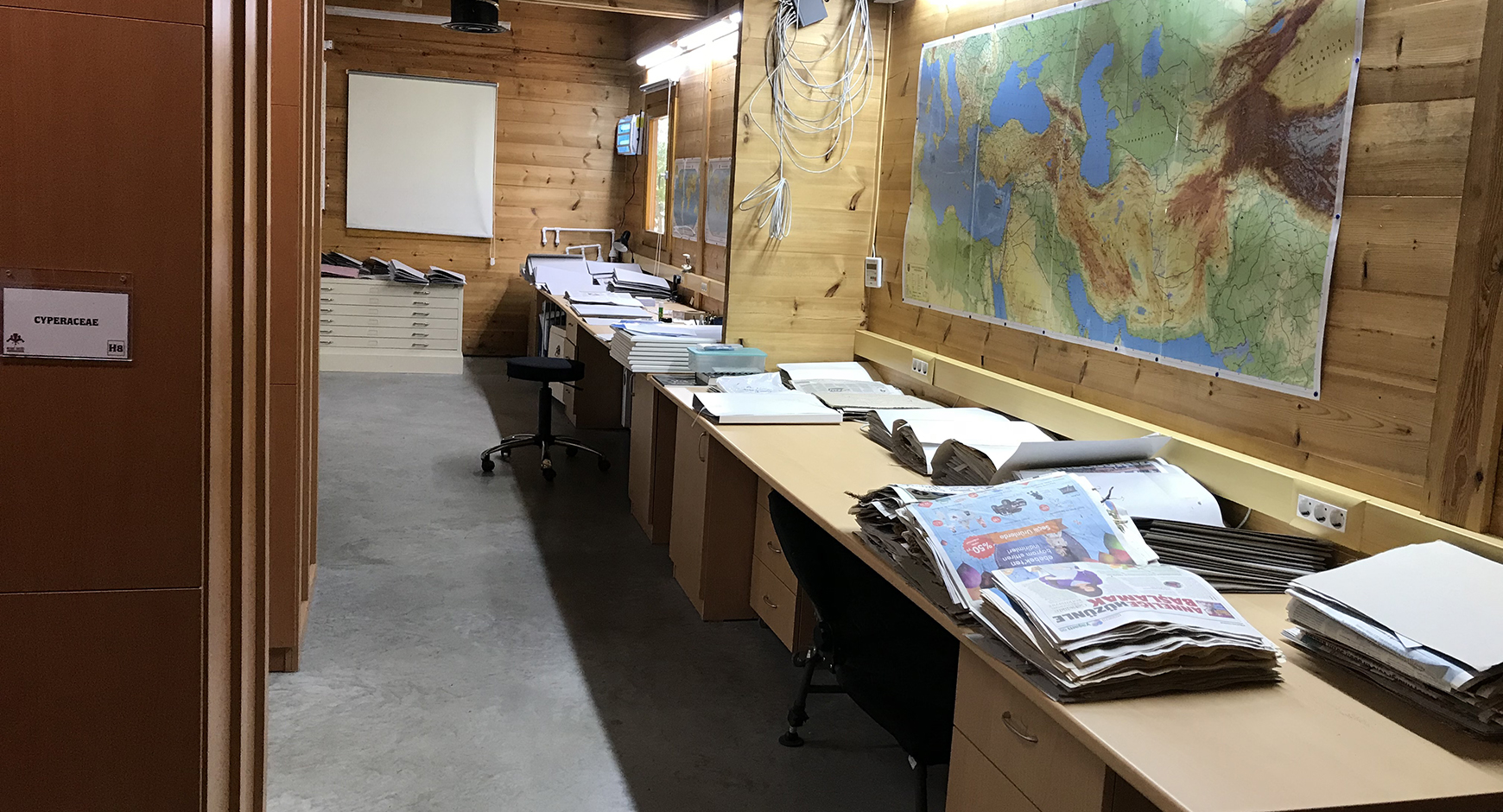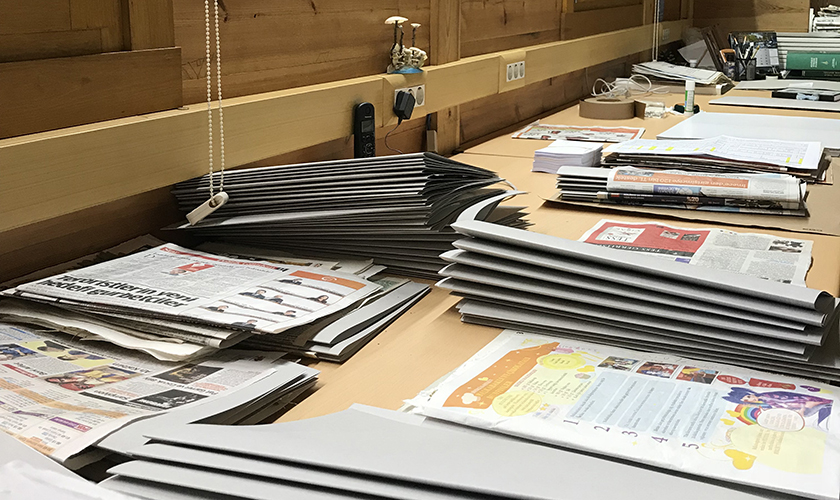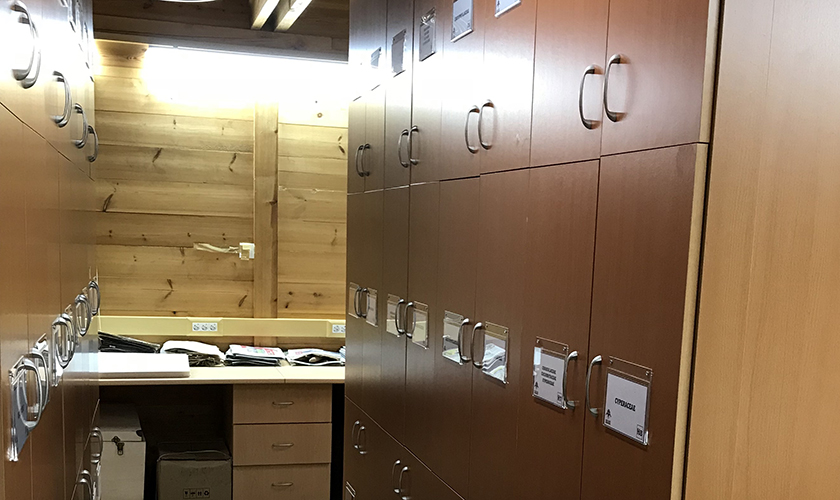What is Herbarium?

What is Herbarium?
Pressed between the scientific methods of plants, newspaper or drying paper is pressed and dried. Then, they are glued and labeled on cardboard of appropriate size with scientific methods. Collections are stored according to various classification methods. Herbariums are an important advisory center in biology, medicine, pharmacy and many other studies; they also function as teaching and research centers.


Why Do We Need Herbarium
Knowing the name of a plant means that it has been identified. Diagnosis means that the unknown plant is the most similar to the known one, and therefore its name is revealed. A plant identification key is used to correctly identify a plant. The key is made up of a number of paths and indicates distinctive characteristics of plants. If the characteristics of the plant to be identified comply with any, the path shown by the key is followed and the name of the plant is reached. Once the diagnosis is complete, it must be compared with the previously identified samples to check its accuracy. Herbarium is used for this process.
Is Herbarium Sample Can Be Made From Every Plant?
Herbarium specimen can be made from each plant. However, there is a point to note here. When receiving a herbarium specimen from a plant, it is necessary to have elements such as leaves, flowers, fruits, roots, onions, tubers, rhizomes that will allow the plant to be identified. Depending on the type of plant, one or more of these features must be present.
What Other Information Are There While Receiving Herbarium Samples?
The herbarium specimen taken from plants is a scientific evidence of the location of the plant. In other words, the herbarium specimen is prepared as a proof that the plant is in that place. For this reason, the address of the place where the herbarium samples are taken should be taken exactly. Besides, the height of the plant, the location of the place, the characteristics of the environment, fruit and flower characteristics, the collection date and the auxiliary collectors are recorded in the field notes. Each registered plant has a number.